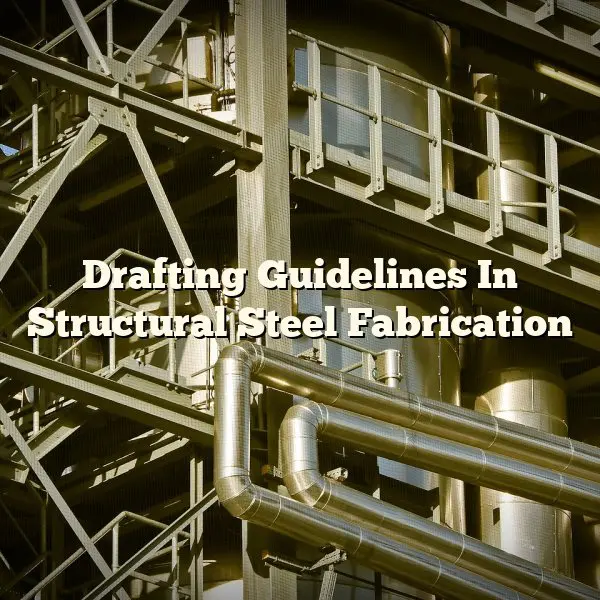Individualized drawing techniques with a firm command of control and uniformity are the ultimate best friends of a drafter. In structural drawings, it is not only significant to be consistent and rigid, but it is also crucial to add stylized details that will justify the future outcome of the project. Drawing for the sake of mechanical causes and engineering strongly relies on time tested practices and principles.
Because the roots of the framework of building depends on the drafts of the engineer and the architect, they should be depicted detail by detail. Such in structural steel fabrication and ironworks, the maker of the draft should be educated in technical lingo, erection, and overall engineering to be able to translate the project well into his sketch. The principles are standard and should be thoroughly followed.
The lettering should be simple and can be done with stencils, instruments, or even freehand, but must follow recommendations, such as the general dimensions of three over thirty two of an inch. Numbers serve as labels and will be shown as a capital s, a dash, and the number referencing to the structural drawing, and should not be higher than a quarter inch in height. The standard scaling is measured in feet and inches, and the word scale must be written always to identify what was given. The notations scale as noted and not to scale are also written in title blocks.
Every entity in the draft must contain a title. It could be an elevation, detail, symbols legend, plan view, or note column, among others. It should be large enough to catch attention and underlined, and the height ranges from one fourth to three eighths of an inch.
Deleted sections are depicted through section marks. They are circles with arrows, like in engineering. The circle is typically one half inch in terms of diameter. An forty five degree arrow directs the deletion. They can either be colored or left open. The title of the section view must be included in the upper half moon of the circle, while the sheet reference should me mentioned in the lower half moon part.
Structural presentations should also contain the north arrow as a reference to the components which they relate to. Drawing tools should be used as they are never made freehand. Color can be implemented to strike the viewer, but they should be simple.
One of the most important details are the title blocks. These are the much needed information, specifically the title of the project, the name of the diagram, the client and the address of the client, the company and the company address, the completion date, the scale and number, and the official stamp of the engineer. Not one detail should be left out, and the title block should be centered.
For any modifications prior to the approval of the structural sketch, revision blocks should be used. A list called bill of materials should embody the ingredients of the framework. A border, generally a half inch by line, should wrap the sheet.
Line work is delicate and rule sensitive. Local notes and general notes should also be accomplished in rows. Correct grammar, usage of punctuation and spelling are very important in writing these notes. Abbreviations are not acceptable. Each note should also contain a reference number.
When you wantto find a reliable source for your structural steel fabrication needs, refer to our updated website right away! Further information can be seen on the related web pages at http://www.heavysteelfabrication.com.



